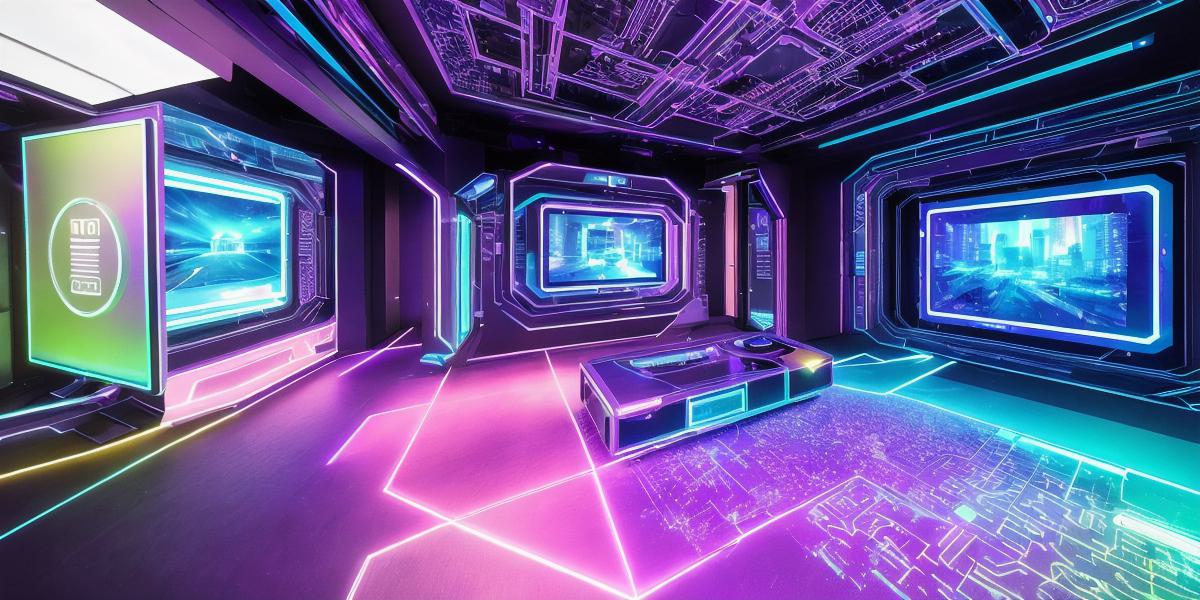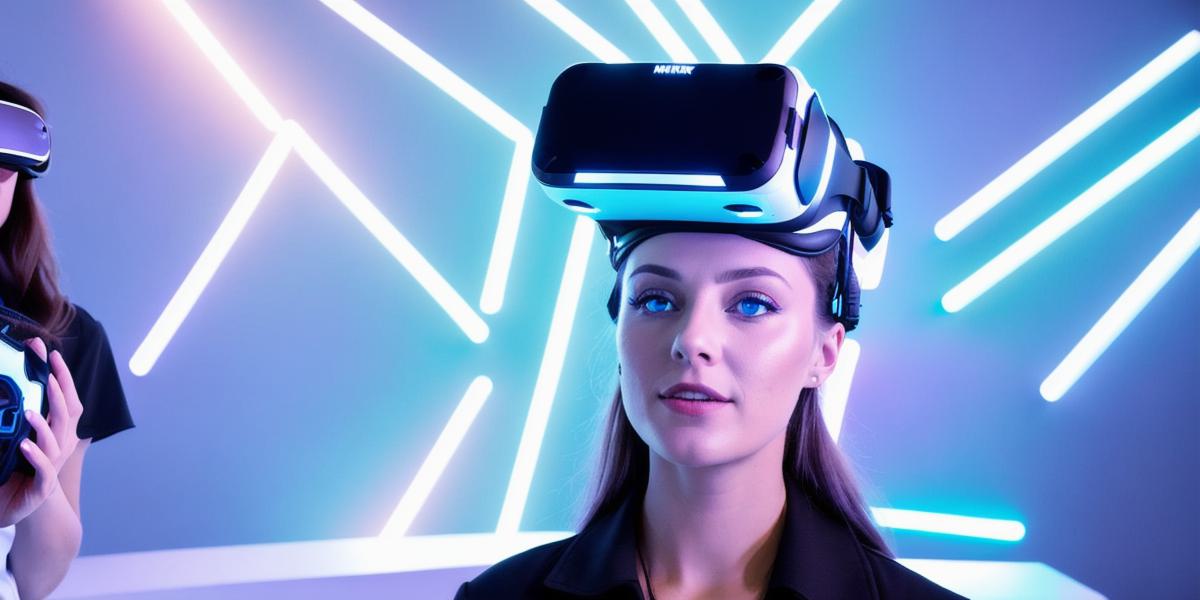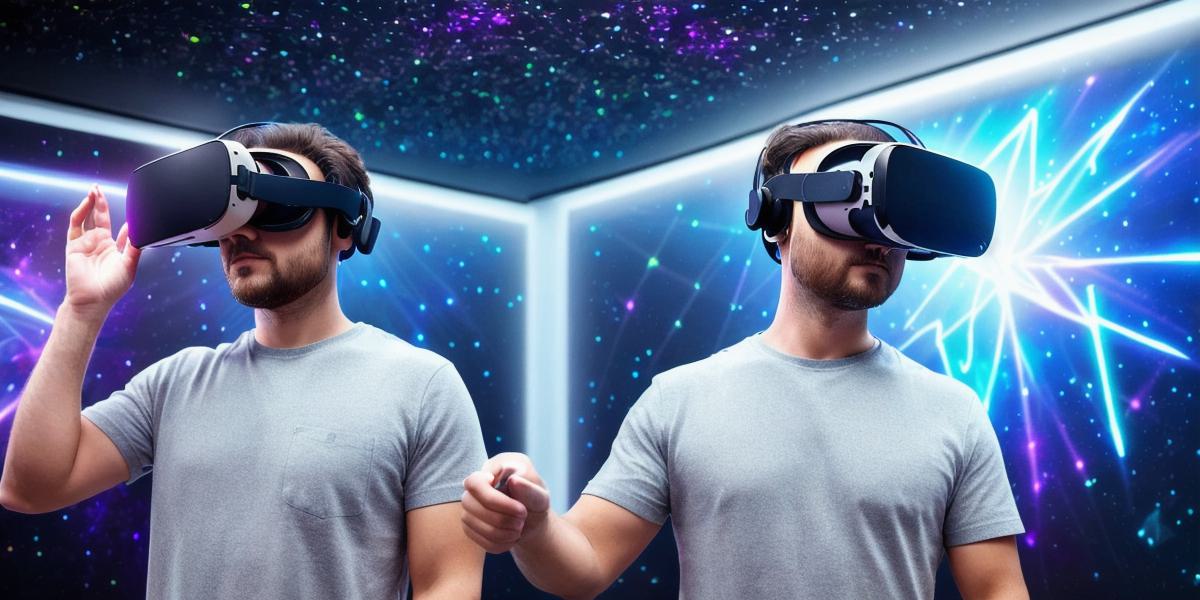Augmented reality (AR) and mixed reality (MR) have become increasingly popular in recent years, with a wide range of applications across industries such as gaming, education, and medicine. In this article, we will explore how AR and MR are achieved and what makes them different from traditional virtual reality (VR).
What is Augmented Reality?
AR is the ability to overlay digital information onto the real world in real-time. It allows users to interact with their environment in a new way, by adding layers of data and visuals to the physical world around them. AR can be achieved through a variety of devices, including smartphones, tablets, and headsets.
One of the most well-known examples of AR is the popular mobile game Pokemon Go. The game uses GPS technology to track the player’s location in the real world, and then overlays digital elements such as monsters and treasure chests onto their surroundings. This creates an immersive gaming experience that blends the physical world with the digital one.
What is Mixed Reality?
MR is a combination of AR and VR, where both real-world and virtual environments are displayed at the same time. MR creates a seamless transition between the two worlds, allowing users to interact with both their surroundings and digital elements in a natural way. MR can also be achieved through a variety of devices, including headsets and haptic gloves.
One example of MR is the HoloLens, developed by Microsoft. The device allows developers to create immersive experiences that blend the real world with virtual environments, such as allowing users to interact with digital objects in their physical surroundings.
How are AR and MR Achieved?
Both AR and MR are achieved through a combination of hardware and software technologies. The most important components include:
- Sensors: These devices capture information about the user’s environment, such as their location, movement, and orientation.
- Processing power: High-powered computers or mobile devices are used to process this data and generate the 3D graphics and animations that are overlaid onto the real world.
- Display technology: AR and MR experiences are typically displayed on screens or headsets, using a variety of technologies such as OLED, LCD, or holographic displays.
- Input devices: These allow users to interact with the digital elements in the real world, such as gesture recognition, voice commands, or haptic feedback.
FAQs
How does AR differ from VR?
AR adds digital information to the real world, while VR creates a completely artificial environment that replaces the real world.
What are some common uses for AR and MR?
Some common uses include gaming, education, medicine, and marketing.
What devices can be used for AR and MR experiences?
Both AR and MR can be achieved through a variety of devices, including smartphones, tablets, headsets, and haptic gloves.
How do AR and MR work together?
MR combines AR and VR by displaying both real-world and virtual environments at the same time.
Summary
AR and MR are becoming increasingly popular in a wide range of applications, from gaming to medicine. By understanding how these technologies are achieved and what makes them different from traditional VR, you can begin to explore their potential for your own projects. With the right hardware and software, AR and MR experiences can create a truly immersive and interactive experience that blends the physical world with the digital one.




